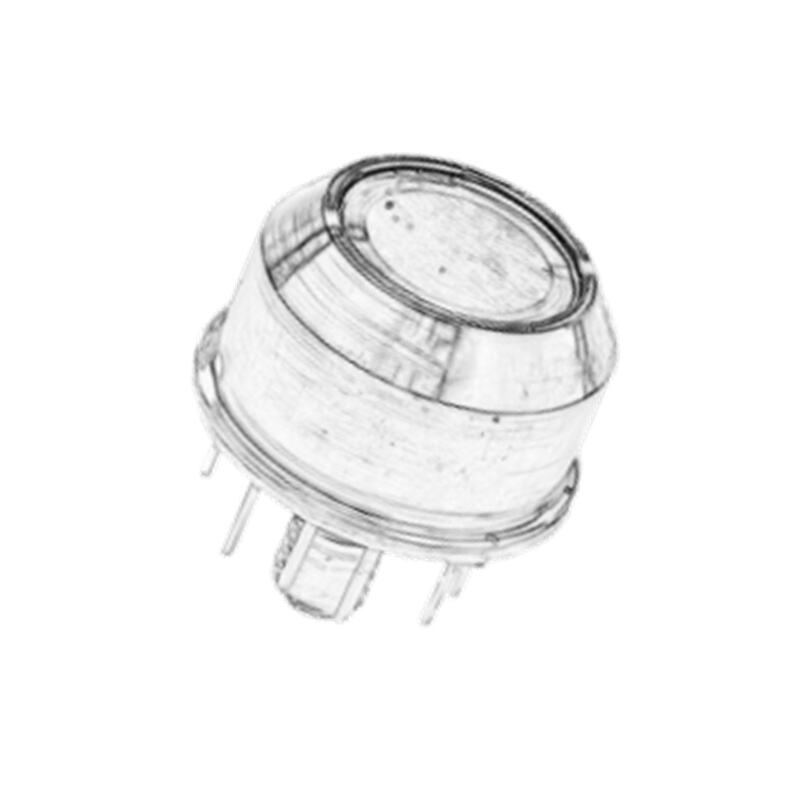Does your X-ray Detection face these issues?
1.High Thermal Noise and Low Signal-to-Noise Ratio (SNR)
2.High Dark Current
3.Instability Due to Ambient Temperature Variations
4.Overheating in Continuous or High-Dose Applications
5.Limited Sensitivity for Weak X-ray Signals
✅ 1. Suppress Thermal Noise and Dark Current
How it works: TECs cool the detector chip to sub-zero temperatures (0°C, -20°C, or even -40°C), reducing thermal excitation and dark current.
Effect: Improves image clarity, especially for long exposure or low-dose X-ray detection.
Example:
In dental X-ray imaging, using a TEC-cooled CCD sensor can produce cleaner images at lower radiation doses — ideal for pediatric or routine imaging.
✅ 2. Improve Measurement Sensitivity
How it works: Lower detector temperature reduces background noise, enabling better detection of low-intensity or scattered signals.
Effect: Critical for high-resolution spectroscopy and material analysis.
Example:
In X-ray fluorescence (XRF) analysis, TEC-cooled silicon drift detectors (SDDs) enable detection of trace elements by enhancing signal-to-noise ratio.
✅ 3. Ensure Temperature Stability for Consistent Output
How it works: TECs combined with PID controllers provide precise thermal regulation (e.g., ±0.1°C).
Effect: Prevents signal drift and ensures consistent output for analytical or automated systems.
Example:
In semiconductor X-ray inspection, TEC cooling ensures consistent gray-scale levels, improving defect detection reliability.
✅ 4. Extend Detector Lifespan
How it works: Lower temperatures reduce thermal stress and slow down material degradation.
Effect: Improves long-term performance, especially in high-cycle systems.
Example:
In airport security scanners, TEC cooling helps detectors operate reliably for extended hours without overheating, minimizing downtime.

| Application | Industry Pain Point | TEC Benefit |
| Medical X-ray Imaging | High noise at low dose | Reduces dark current for cleaner images |
| XRF Spectroscopy | Weak signals buried in noise | Enhances trace element detection |
| Industrial CT / PCB Inspection | Heat buildup, performance drift | Temperature stability, better image quality |
| Security Scanning Systems | Continuous operation causes overheating | Active cooling improves reliability |
| Scientific Research (Synchrotron) | Demands ultra-low noise | Precise cooling for high dynamic range |

